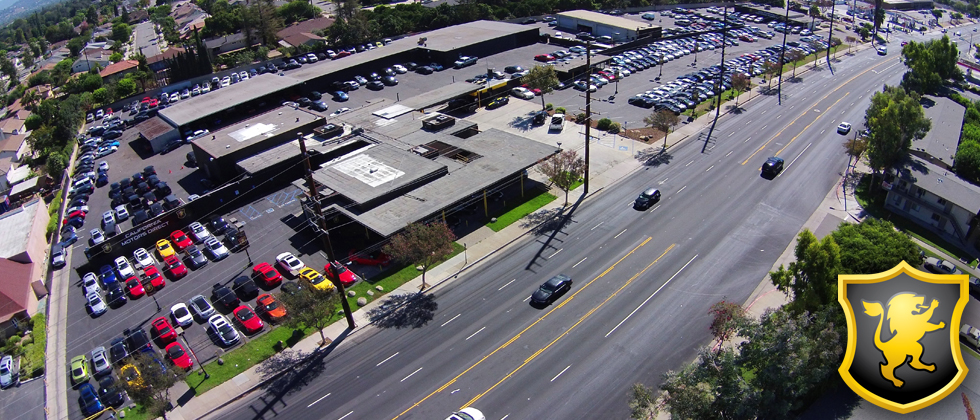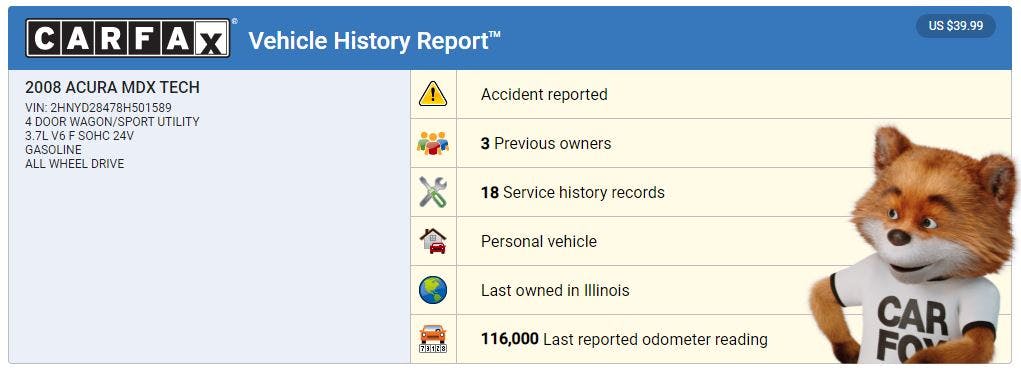
Buying a used car has become an increasingly popular choice—and for good reason. It offers the perfect balance of affordability, value, and variety. Whether you’re looking for a budget-friendly commuter, a reliable family SUV, or a luxury model at a fraction of the price, the used car market has something for everyone. In this blog, we’ll walk you through everything you need to know before making your purchase. From knowing where to buy used vehicles to choosing the right car and avoiding common pitfalls, we’re here to make your car-buying journey smooth and rewarding. Let’s dive in!
1. BUYING FROM DEALERSHIPS VS OTHER OPTIONS
When purchasing a used car, buyers have multiple options: dealerships, private sellers, online marketplaces, and auctions. While each has its pros and cons, buying from a dealership often offers the most peace of mind. Here’s why:
- Certified Pre-Owned (CPO) Vehicles: Dealerships offer Certified Pre-Owned (CPO) vehicles, which have undergone multi-point inspections and meet manufacturer standards. Many come with extended warranties, roadside assistance, and additional perks that private sellers and auctions don’t offer.
- Financing & Payment Flexibility: Dealerships offer financing options that private sellers and auctions don’t. They will assist you in securing financing for your purchase, simplifying the process. You can trade in your current vehicle to reduce the cost. Special promotions, low-interest loans, or extended warranties may be available which will further assist you on your buying journey.
- Easier Title & Registration Process: Dealerships handle all the paperwork, title transfers, and DMV registration, saving you time and hassle. Private sellers require you to manage these steps yourself, increasing the chance of errors or title fraud.

2. SETTING UP YOUR BUDGET
Setting a budget before buying a used car isn’t just smart—it’s essential. Without it, you risk overspending, facing unexpected costs, and ending up with a car that strains your finances. The sticker price is just the start—taxes, insurance, fuel, and maintenance can quickly add up. A solid budget keeps you in control, ensuring you can afford both the car and the long-term costs that come with it. With pre-approved financing, you can also secure better interest rates and avoid overpaying. By setting a budget, you protect your finances and make a confident, informed decision. It’s the key to buying a reliable car that won’t become a financial burden.
3. VEHICLE HISTORY REPORT & VIN CHECKS
Before buying a used car, checking the vehicle history report is a must.You can do this using reputable sources like CARFAX or AutoCheck with the VIN (Vehicle Identification Number), which is key to verifying the car’s history. This will provide essential details about the car’s past, including accidents, previous owners, title status, and any potential damage. The VIN also ensures that the car’s history report matches the vehicle you’re considering, protecting you from fraudulent sellers. This step helps you avoid costly surprises and ensures you’re making a safe, informed decision. The report flags issues like salvage titles, odometer discrepancies, and accident history, all of which can dramatically impact the car’s value and safety. It also reveals if the car was regularly maintained or neglected, offering a glimpse into its overall condition. By reviewing the report, you protect yourself from buying a car with hidden problems that could cost you later. DON’T SKIP THIS STEP—it’s a small investment that can save you big down the road.

4. TEST DRIVE & LOOK FOR WARNING SIGNS
Once you’ve chosen the car you want to purchase, don’t rush into buying it without taking it for a test drive. A test drive is your best opportunity to assess the car’s performance and uncover potential issues. During the test drive, pay attention to:
- Strange Noises – Knocking, grinding, or squealing sounds could indicate engine or brake problems.
- Braking Performance – Soft or unresponsive brakes may signal worn-out components.
- Steering and Suspension – Does the car drift, shake, or feel stiff?
- Acceleration and Transmission – Watch for delays, jerking, or slipping when shifting gears.
- Dashboard Warning Lights – If the check engine, ABS, or airbag light is on, ask for an explanation.
Don’t rush the test drive—take your time and drive on different road types (highway, city streets, rough roads) to get a complete feel for the car.
5. RESEARCH PRICING & COMPARE MARKET VALUE
Before negotiating, research the vehicle prices and compare them with the market value. This can be done using:
- Kelley Blue Book (KBB) – One of the most trusted names in the industry, offers accurate pricing for private party and dealer sales, helping you spot potential hidden issues with underpriced cars or opportunities to negotiate overpriced ones.
- Edmunds Used Car Appraisal Tool – Provides market trends and resale value insights, giving you a clear picture of how the car has held its value.
- NADA Guides – Used by lenders to determine loan values, it’s a reliable benchmark for car pricing and negotiating with dealer.
CONCLUSION:
Buying a used car is a big investment, and it’s not always a smooth ride. But when you buy from a trusted dealership, you gain peace of mind and the quality assurance. With these expert tips and insights in hand, you’re ready to venture on with your car-buying journey with confidence—making a smart, informed choice every step of the way. Your perfect used car is out there, and now you have the knowledge to find it!



